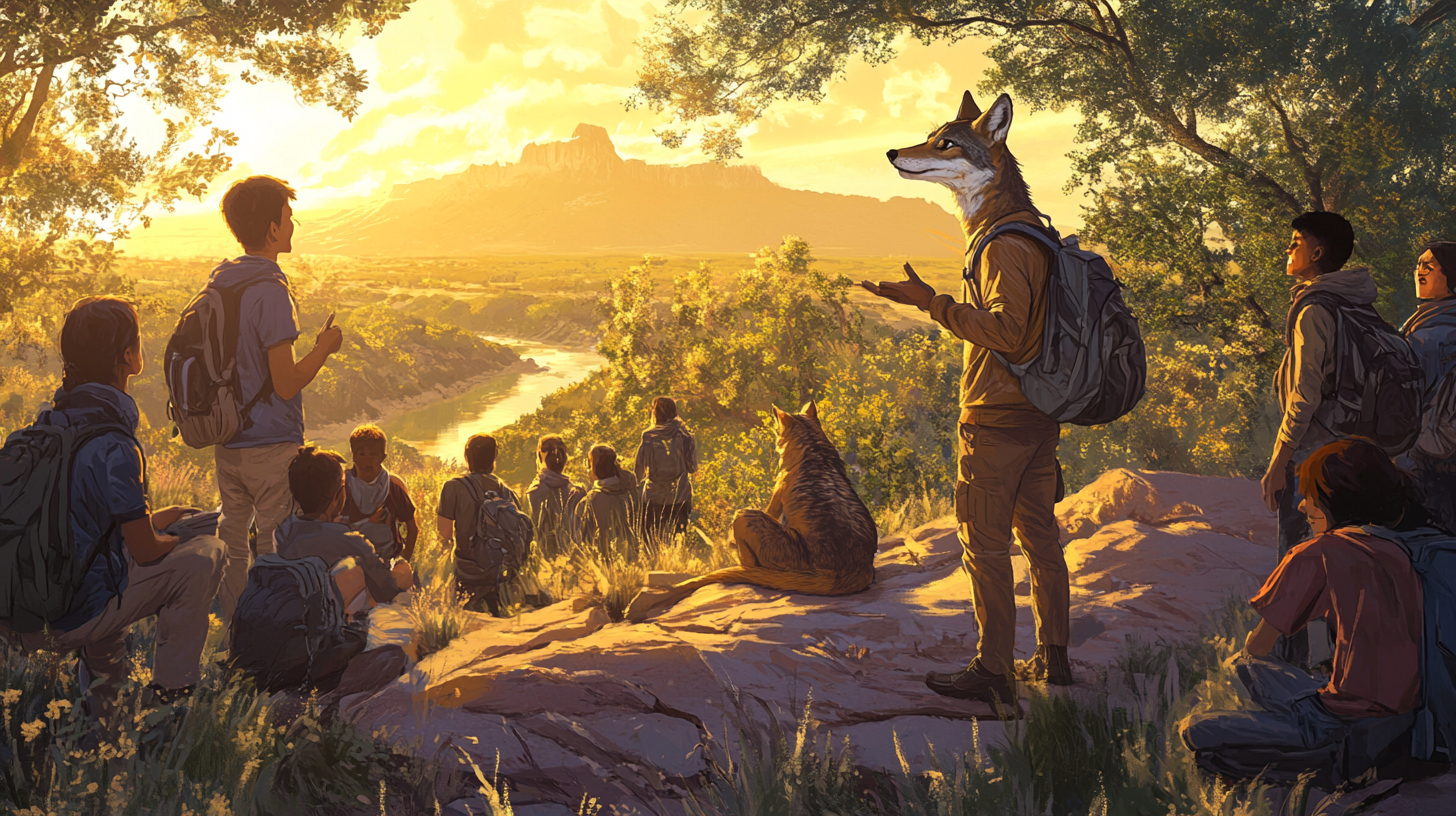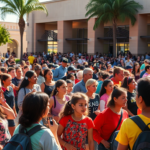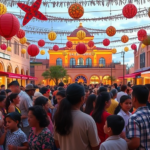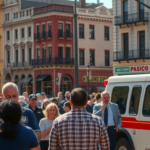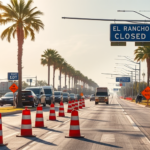‘Not Something You See Every Day:’ Reactions to Coyote Sighting at UTRGV’s Edinburg Campus
In a scene reminiscent of a nature documentary, students and faculty at the University of Texas Rio Grande Valley (UTRGV) Edinburg campus experienced an uncommon encounter with a coyote. This wildlife sighting is sparking conversation across campus and among Valley residents about local habitat restoration efforts and the broader implications for community interaction with the environment.
An Unexpected Visitor
The coyote was spotted on campus earlier this week by Aracelli Vega, a biology student, as she walked back to her dormitory. “It’s definitely not something you see every day,” Vega remarked. “I was wearing my headphones, just walking around, and then I turned my head, and there it was.”
Vega managed to capture video footage of the coyote roaming the campus, initially perceiving it as “a very majestic creature.” However, she quickly recognized the potential danger of close contact with a wild animal and decided it was best to seek shelter indoors.
Wildlife in the Heart of Campus
With UTRGV’s Edinburg campus actively developing habitats for native species through its park initiative, the presence of a coyote ties into larger efforts to integrate natural landscapes into educational environments. This project has attracted a slew of local flora and fauna, sometimes with surprising results, as evidenced by this sighting.
According to UTRGV biology professor Kenneth Pruitt, the event should not come as a surprise to those familiar with the habits of regional wildlife. “Coyotes are in the area, they’re very numerous around here,” Pruitt explained. “And with all the changes we’ve been putting on as far as moving out into their habitat, there’s bound to be some that move through.”
Community and Conservation
The coyote sighting highlights an ongoing conversation about the balance between urban development and wildlife conservation in South Texas. Habitat restoration projects, like the one on UTRGV’s campus, illustrate a commitment to promoting ecological health. However, such initiatives can also lead to more frequent human-wildlife interactions.
For many in the RGV community, this serves as a reminder of the delicate balance that must be maintained. Patrick Gonzalez, a spokesperson from UTRGV, emphasized that campus safety is a top priority. “If the coyote is spotted again, we’ll coordinate with authorities to capture and relocate it to a safe environment,” he stated.
Protecting Pets and People
Professor Pruitt advised that while coyotes are generally not aggressive toward humans, precautions should be taken to protect small pets. “Coyotes aren’t as wary of people as some of the other predators are, but they still don’t like people too much. The biggest concern is probably for small pets.”
Valley residents can benefit from understanding how urban planning and wildlife preservation efforts intersect, impacting both human and non-human residents of the area.
Broader Implications for the Valley
The incident raises critical questions for Valley residents about how to navigate interactions with wildlife amidst urban expansion. The RGV has historically been home to diverse ecosystems, experiencing shifts as societal and infrastructural changes continue to unfold.
As urban areas expand and conservation efforts increase, such episodes could become more frequent. The community’s ability to coexist with local wildlife while promoting ecological sustainability becomes a vital topic for local discourse.
Looking Ahead
Moving forward, UTRGV and other area institutions plan to continue their habitat restoration efforts while prioritizing safety and education. The sighting offers a moment for community reflection on the importance of not just developing urban spaces, but integrating them cohesively with the natural world around them.
Residents are encouraged to engage with local wildlife experts and conservationists to gain a better understanding of ecosystems within and beyond campus boundaries. Such education can lead to informed community actions that protect and promote thriving biological diversity.
For more information or to report wildlife sightings on campus, UTRGV encourages residents to contact campus security or reach out to local wildlife agencies who collaborate with the university to ensure a safe and sustainable environment for all its inhabitants.
Through understanding and cooperation, events like the coyote sighting at the UTRGV Edinburg campus can transform from unexpected surprises into valuable opportunities for community education and growth, reinforcing the Rio Grande Valley’s commitment to environmental stewardship and sustainable living.

